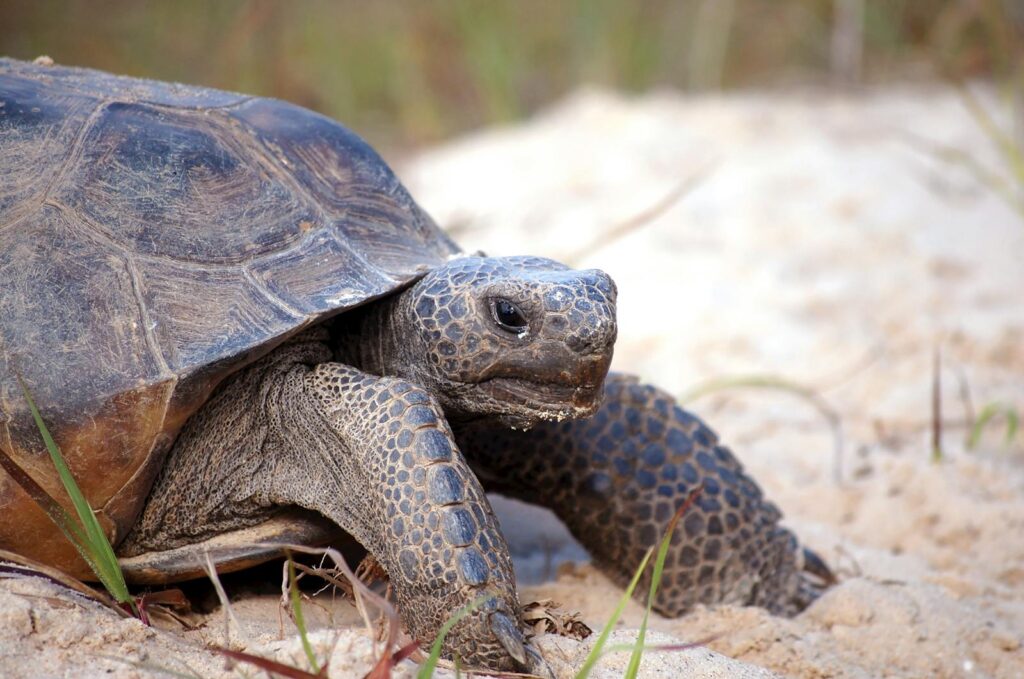Deep in the sandy soils of the southeastern United States, an ancient reptile engineers one of nature’s most surprising biodiversity hotspots. The gopher tortoise (Gopherus polyphemus) is more than just a solitary shelled wanderer. With powerful forelimbs adapted for digging, it creates elaborate underground burrows that shelter not just itself, but hundreds of other species. These subterranean ecosystems are teeming with life, offering refuge, warmth, and a unique window into how animals coexist in the wild.
Meet the Gopher Tortoise

The gopher tortoise is a keystone species native to the coastal plains of the southeastern U.S., especially in Florida, Georgia, Alabama, and parts of Mississippi and South Carolina. These tortoises can live up to 60 years in the wild and spend most of their lives in self-dug burrows. As herbivores, they feed on grasses, wildflowers, and low-growing fruits, shaping the vegetation of their ecosystems as they go.
Master Diggers and Habitat Architects

A single gopher tortoise may dig multiple burrows over its lifetime, and some of these can reach astonishing sizes—up to 40 feet in length and 10 feet deep. These structures aren’t just protective retreats from heat, cold, and predators. They’re complex habitats that help aerate soil and contribute to the surrounding plant life. They also act like real estate for many opportunistic species.
A Refuge for Biodiversity

Over 350 species have been documented using gopher tortoise burrows. These include frogs, snakes, insects, lizards, and small mammals. Many of these animals are not just casual visitors—they depend on these burrows for survival during extreme events like wildfires or droughts. In this way, the tortoise plays the role of accidental landlord, creating housing critical to local ecosystems.
The Insect Co-Inhabitants
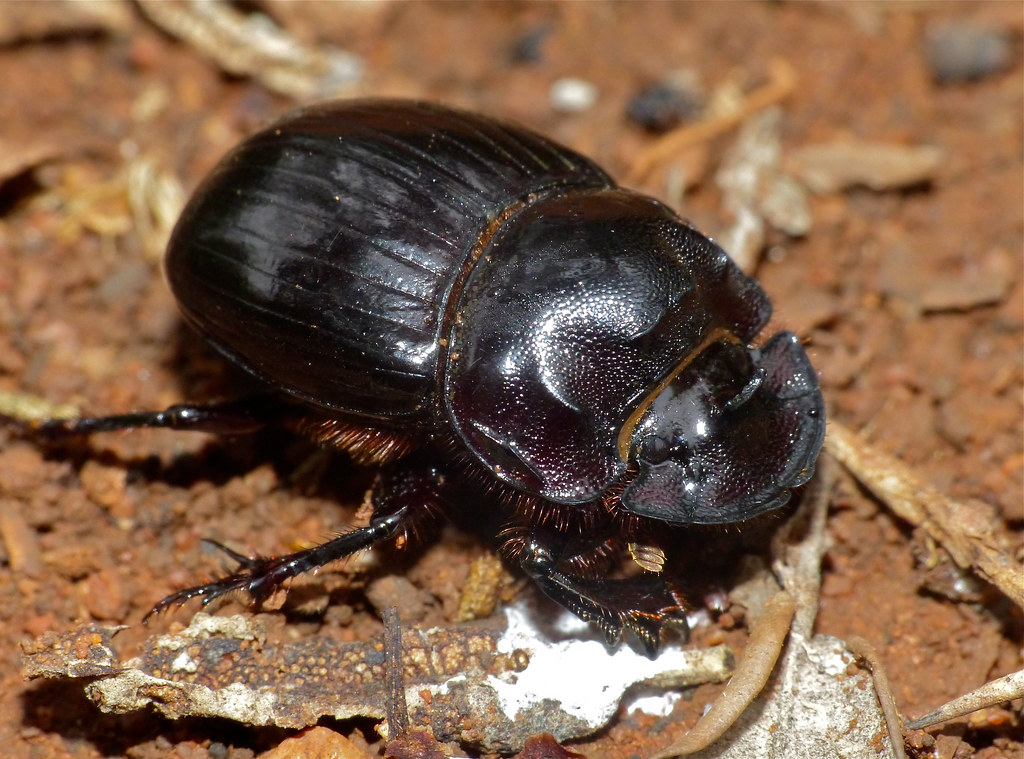
Insects are among the most prolific cohabitants in these burrows, and their diversity is truly fascinating. You’ll find beetles that feast on droppings and decaying matter, tiny wasps laying eggs in the cracks, and even predatory ants establishing colonies deep underground. Some insects may spend their entire life cycle within a tortoise burrow. These tiny residents help manage waste, feed other creatures, and maintain a healthy micro-ecosystem.
Little-Known Specialists

Among the insect dwellers, there are also highly specialized species like the tortoise burrow scarab beetle (Pharaxonotha floridana), which has a near-exclusive relationship with gopher tortoise habitats. These beetles rely on the consistent temperature and humidity of the burrow, and in turn, may assist in nutrient cycling. Their subtle but essential role is often overlooked.
Winged Micro-Hunters and Clean-Up Crews
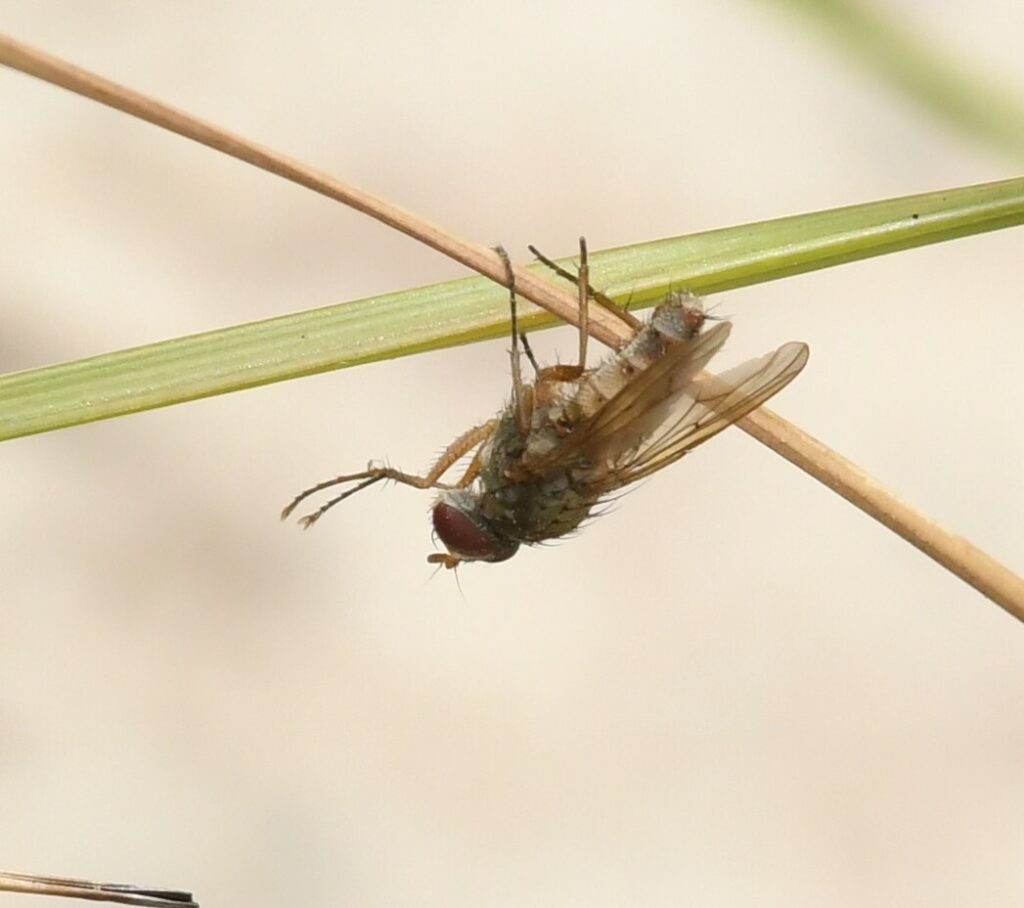
Burrow-dwelling flies and gnats may not sound glamorous, but they play crucial roles in decomposition and food web dynamics. Some lay eggs in organic debris, providing a steady food source for their larvae. Others help control bacterial populations and reduce disease risk by consuming waste material. Their presence contributes to a delicate but effective underground sanitation system.
Ant Colonies on the Move

Certain ant species, like the pyramid ant and the Florida harvester ant, are known to set up shop in the cooler zones of gopher tortoise burrows. These colonies benefit from the consistent climate and protection from predators. In turn, their foraging behavior can influence the dispersion of plant seeds and the population dynamics of other small insects in the area.
Sand Skinks and Other Reptilian Guests

Sand skinks—legless lizards that resemble tiny snakes—are frequent guests of gopher tortoise burrows. Native to Florida’s sandy scrublands, they benefit from the shade, temperature control, and safety the burrows offer. Other reptiles, such as eastern indigo snakes and pine snakes, often take over vacated burrows to shelter from seasonal extremes.
Amphibians Underground

Frogs and toads love the cool, damp conditions of tortoise burrows. The gopher frog, for example, uses the burrow for refuge and breeding. During dry spells or winter months, these burrows become vital sanctuaries that prevent desiccation and temperature stress.
Mammalian Neighbors
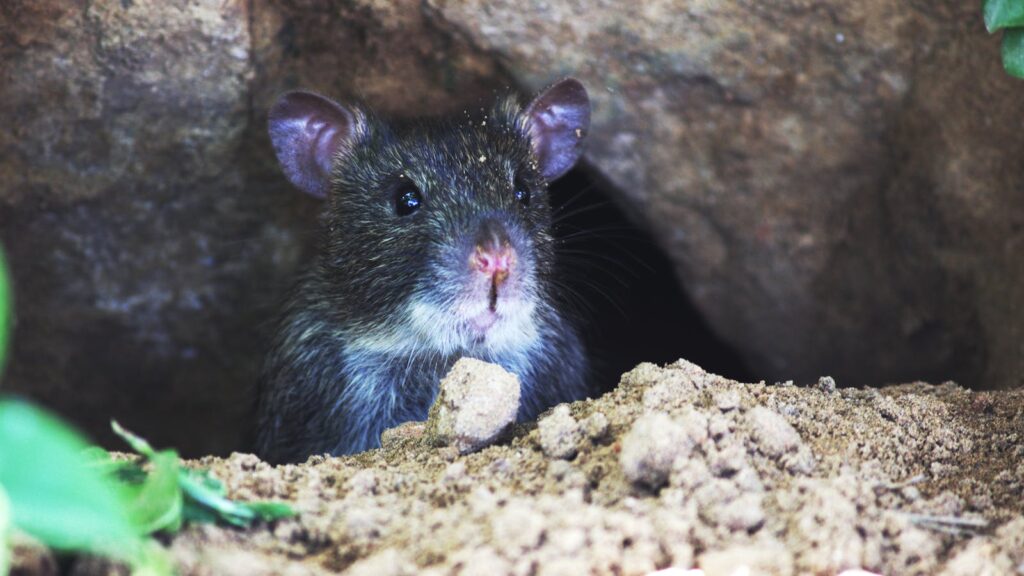
It’s not uncommon for small mammals like rabbits, skunks, and armadillos to move into tortoise burrows. Some share the space while others wait for the tortoise to leave. They find these underground havens perfect for raising their young or escaping from predators. Each layer of the burrow becomes a neighborhood of its own.
Avian Visitors
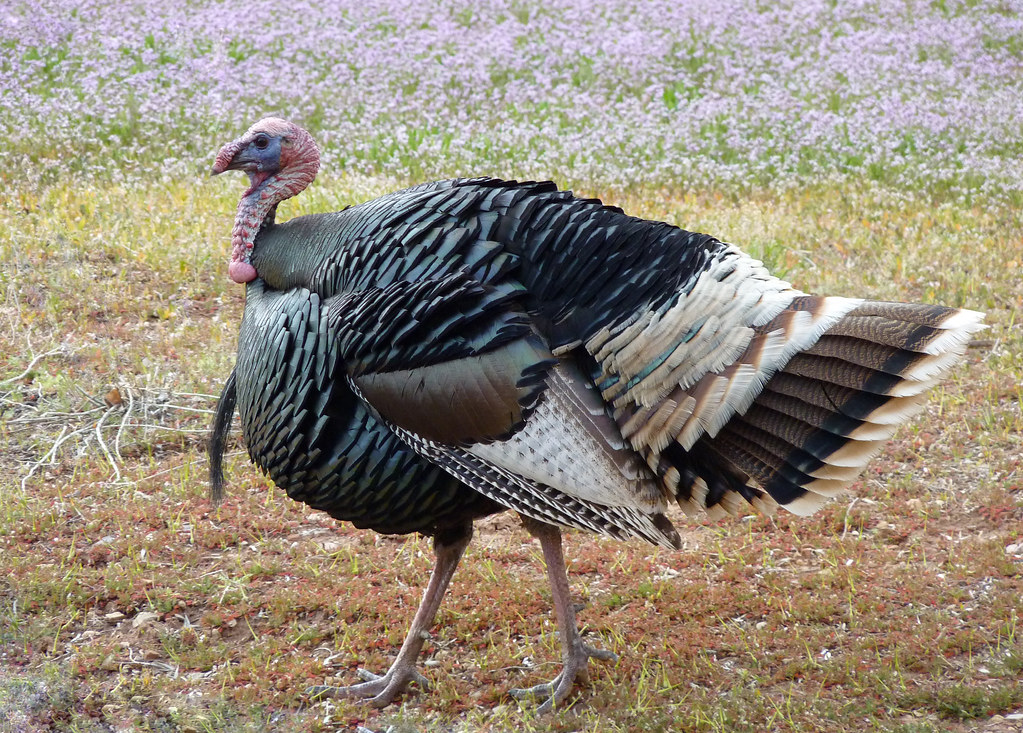
Birds may not live in tortoise burrows, but they often forage around them. Species such as wild turkeys, thrashers, and even quail search for insects near the entrances. Some of these birds benefit indirectly from the increased biodiversity and plant richness near active burrows.
Parasitic and Commensal Relationships

Not all insect visitors are harmless. Some, like certain mites, ticks, or fleas, live on the tortoises themselves or in the burrow substrate. These range from benign freeloaders to mild parasites. Others, like burrowing rove beetles, may prey on insect eggs or larvae, keeping populations balanced.
Seasonal Changes in Burrow Use

Burrows serve different purposes depending on the season. In winter, they offer warmth and safety. In summer, they become shelters from intense heat and predators. As conditions change above ground, the community within the burrow shifts. This fluid occupancy ensures that many species remain connected to this underground network.
Fire-Resistant Havens
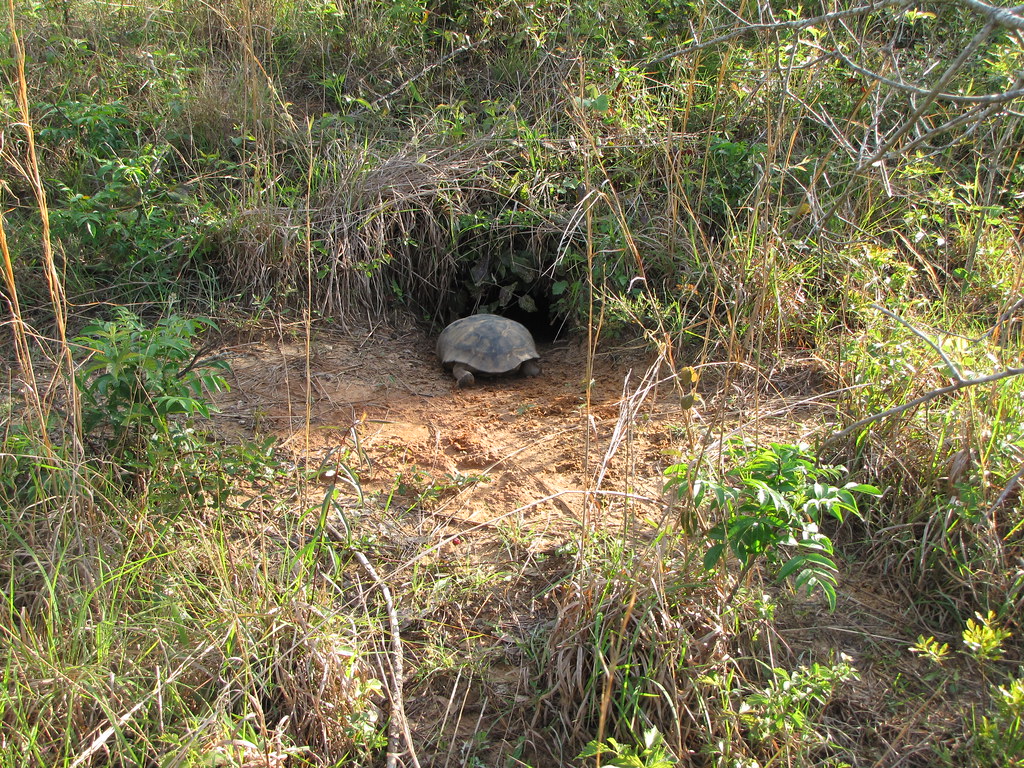
In fire-prone ecosystems like Florida’s longleaf pine forests, gopher tortoise burrows are life-saving shelters. When prescribed burns or wildfires sweep through, animals retreat deep underground. Without these burrows, fire-adapted landscapes would be far more deadly to many species.
Conservation Concerns
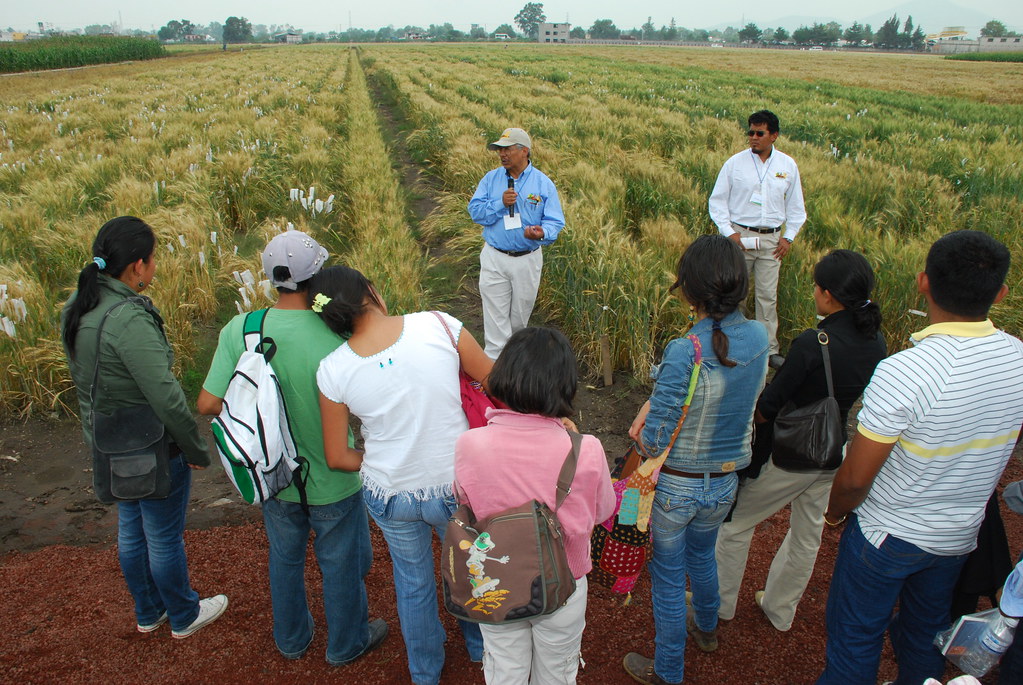
Gopher tortoises are listed as threatened in many areas due to urbanization, agriculture, and road construction. Because their burrows host so many species, conserving them means protecting entire ecosystems. Relocation efforts, habitat preservation, and public education are all crucial to their survival.
What Science Learns From the Burrow
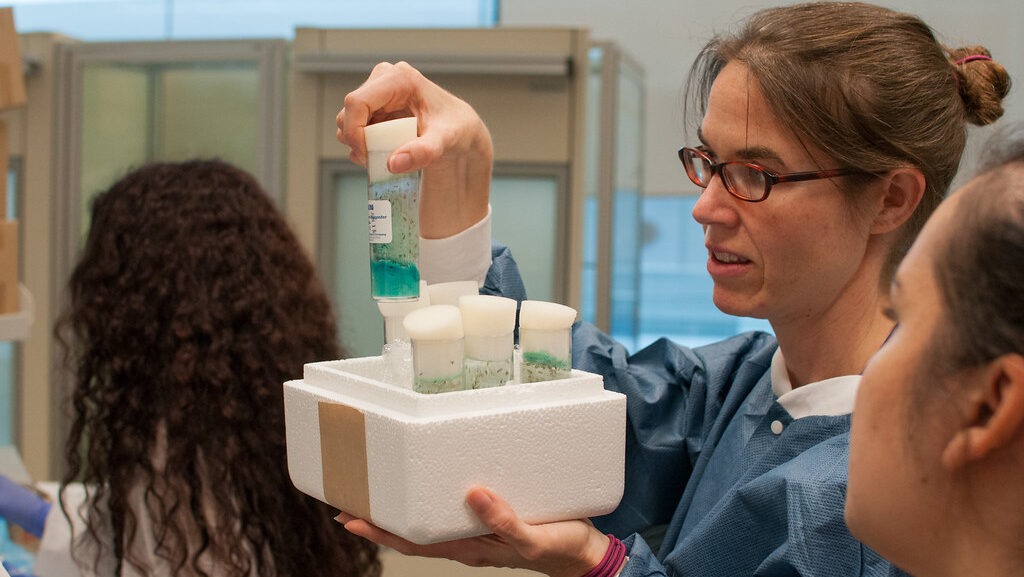
Researchers study these burrows to better understand underground ecosystems. Scientists collect data on insect diversity, soil microbiomes, and even climate resilience. These studies help us appreciate how one reptile’s behavior can ripple out to influence entire communities.
How You Can Help
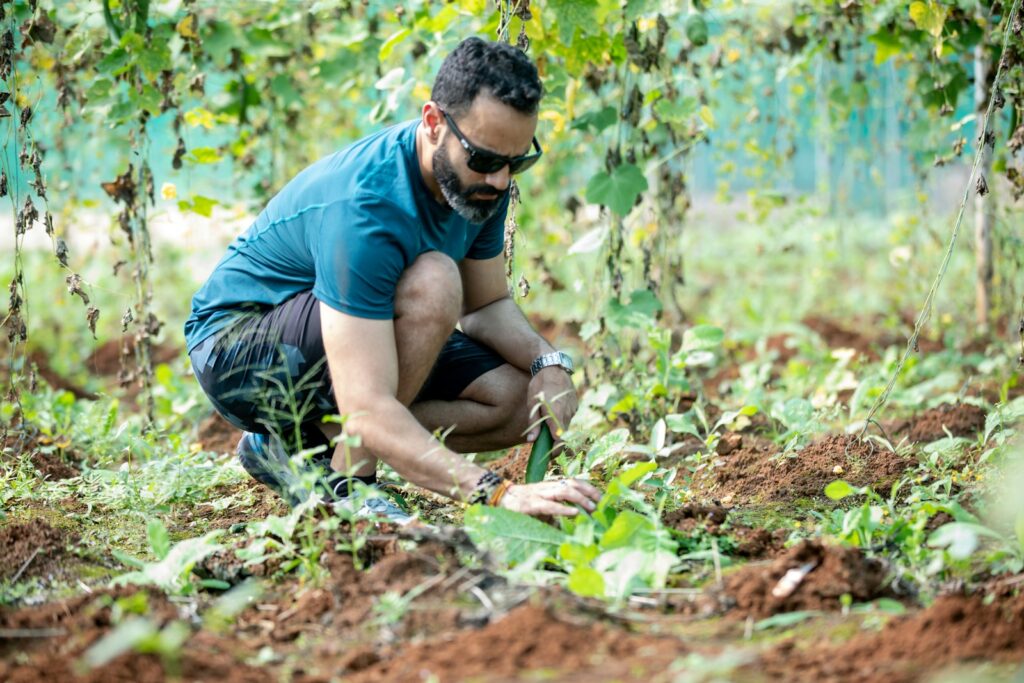
If you live in tortoise country, you can help by respecting burrows, planting native vegetation, and supporting conservation initiatives. Even small changes in land management can provide big benefits to tortoises and their roommates.
A Living Legacy Underground

The gopher tortoise is more than a solitary reptile—it’s an ecosystem engineer. Its burrows are dynamic, layered, and full of life. From beetles that clean up the mess to frogs that escape the heat, the cast of characters is vast and vital. In protecting these ancient diggers, we’re also safeguarding the rich, complex world that unfolds just beneath our feet.

